Leyburn, North Riding of Yorkshire
Up to 1834
In 1776, local workhouses were in operation at Middleham (for up to 24 inmates) and at East Witton (12 inmates). A remotely situated poorhouse within the parish of East Witton appears on the 1856 map below.
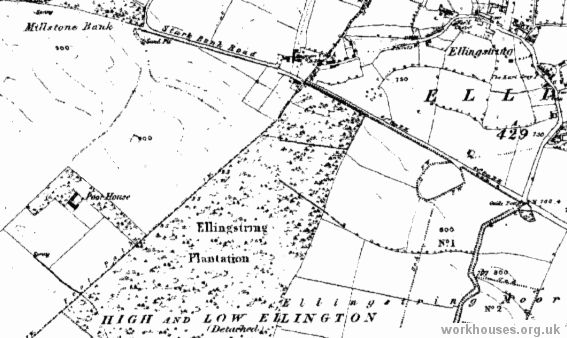
East Witton site, 1856
The East Witton poorhouse no longer stands although its remains can be indentified. Its keeper in 1834 was Francis Pickard.
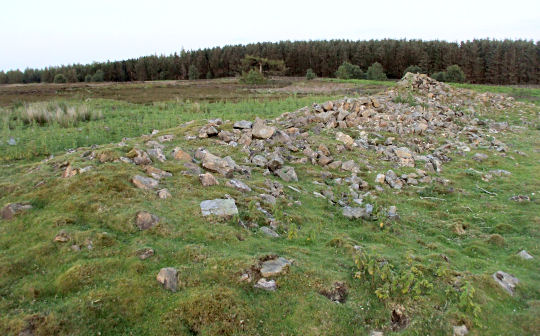
East Witton poorhouse site, 2015.
© Matthew Sharp.
In 1812-13 Leyburn entered into partnership with five neighbouring townships to form a poor law Incorporation, perhaps under the terms of Gilbert's Act of 1782. The Incorporation had ceased operation by 1834, although at least three poorhouses were in operation at that time, including one in Leyburn. This was based around a row of seven ancient cottages at the south side of Moor Road to the north-west of the town.
After 1834
Leyburn Poor Law Union formally came into being on 22nd February 1837. Its operation was overseen by an elected Board of Guardians, 43 in number, representing its 41 constituent parishes as listed below (figures in brackets indicate numbers of Guardians if more than one):
North Riding of Yorkshire: Agglethorpe, Akebar, Arrathorne, Barden, Bellerby, Burrill cum Cowling, Burton Constable, Burton upon Ure, Caldbridge, Carlton, Carlton Highdale, Castle Bolton, Clifton upon Ure, East Hankswell, Ellingstring, Ellingtons, Fearby, Finghall, Garriston, Harmby, Healey with Sutton, Hornby, Hunton, Hutton Hang, Leyburn (2), Melmerby, Middleham (2), Newton-le-Willows, Patrick Brompton, Preston, Redmire, Rookwith, West Scrafton, Spennithorne, Thirn, Thornton Steward, Wensley, West Hankswell, East Witton Within, East Witton Without, West Witton.
The population falling within the Union at the 1831 census had been 10,497 with parishes ranging in size from Hutton Hang (population 23) to Leyburn itself (1,003). In 1839, the parishes of Burrell cum Cowling, Burton upon Ure, Clifton upon Ure, Rookwith and Thirn, joined the newly formed Bedale Poor Law Union.
Initially, the new Leyburn Union workhouse adopted the existing town poorhouse. By 1841, this had been adapted at a cost of £400 for use by the Union. It accommodated 110 inmates but was poorly suited for its use as its layout made proper segregation and classification of the inmates difficult. The attics were only usable in the summer and its sick room, also used as the female receiving ward, was small and dark with only one bed. A vagrants ward was erected in 1843. The location and layout of the workhouse are shown on the 1856 map below.
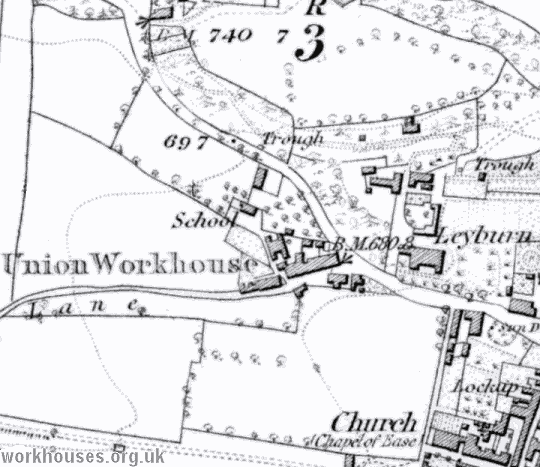
Leyburn site, 1856
In 1841, the master of the workhouse was 70-year-old John Topham. In 1847, the post was held by Robert Warwick, a disabled former naval officer and a man of some notoriety. On various occasions, Warwick was charged with assault, arranging the illegal emigration of paupers to the colonies, and challenging the medical officer to a duel. He also introduced the requirement for vagrants to perform the task of pounding limestone into dust for use as fertilizer.
Despite its poor conditions, the old workhouse continued in use until the 1870s. A new Leyburn Union workhouse, designed by JT Jackman, was finally erected in 1875-7 to the east of the town. Its construction cost about £5,000 and it was one of the last workhouses to be built in the county. Its location is shown on the 1913 map below.
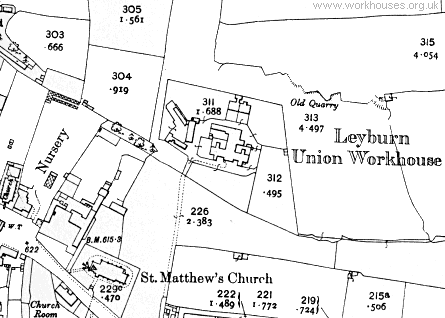
Leyburn workhouse site, 1913
The two storey main block was constructed in local stone and had a fifteen-bed infirmary.
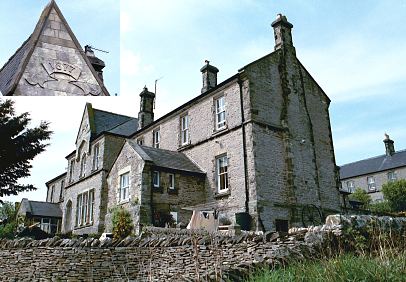
Leyburn new workhouse from the north-east, 2001.
© Peter Higginbotham.
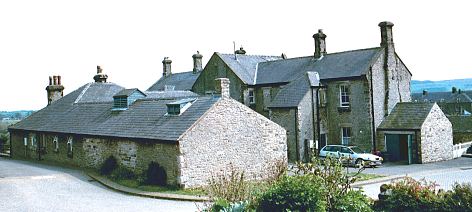
Leyburn general view from the south-west, 2001.
© Peter Higginbotham.
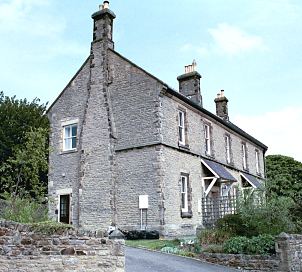
Leyburn infirmary block from the south-east, 2001.
© Peter Higginbotham.
After 1930, the workhouse came under the control of the Yorkshire Casual Poor Assistance Authority and became a residential home for the elderly and infirm. The building was later used as Social Services offices but has now been converted to residential use.
Staff
Inmates
Records
Note: many repositories impose a closure period of up to 100 years for records identifying individuals. Before travelling a long distance, always check that the records you want to consult will be available.
- North Yorkshire County Record Office, Malpas Road, Northallerton DL7 8TB. Virtually no local records survive.
Bibliography
Links
- Ripon Workhouse Museum and Garden, Sharow View, Allhallowgate, Ripon HG4 1LE.
Acknowledgment
- Thanks to Matthew Sharp for picture of East Witton site.
Unless otherwise indicated, this page () is copyright Peter Higginbotham. Contents may not be reproduced without permission.


